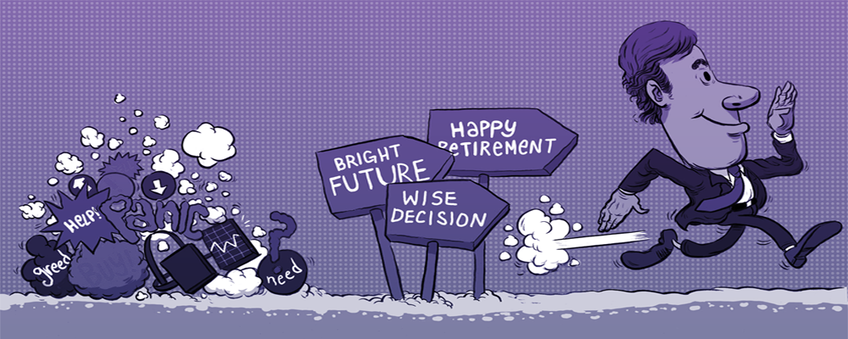What Traders Can Learn From Behavioural Finance
Market Meditations | May 14, 2021

The basic idea behind behavioural finance is that investors/traders are humans and, therefore, imperfect. This is in contrast to Bayes’ formula, where individuals are assumed to act rationally by maximising utility within budget constraints and updating expectations. Behavioural finance is a science that seeks to understand these less than rational behaviours to explain observed pricing anomalies in the markets. It is helpful to explore these behaviours because:
- You can gain an understanding of whether you exhibit these irrational behaviours in your trading strategies.
- You can use these exhibited behaviours to try to predict how the market will react to technical or fundamental events. That is, you can use the knowledge of behavioural biases to predict how asset prices will be affected and act based on the prediction to earn abnormal profits.
Loss aversion. The first observed behaviour we look at is loss aversion. This refers to the tendency of people to dislike losses more than they like comparative gains. This results in a strong preference for avoiding losses as opposed to achieving gains. The consequence? If loss aversion is more important than risk aversion, investors overreact. Measure your losses according to the stop loss levels you set when you created your trading plan, do not let your emotions impact how you perceive them. Some traders let their losses run because they don’t want to admit defeat and are sure the market will return in the direction they want. If you would no longer enter your trade at the current level, it’s probably time to get out.
Herding and information cascading. Herding occurs when investors trade on the same side of the market in the same securities, or when they ignore their own private information and act as investors do. Of course, the direction of the herd may be wrong or the herd may have a different risk tolerance or diversification compared to the individual. This is why it is essential to trade on your own analysis. An information cascade is a bit different, it is the transmission of information from those participants who act first and whose decisions influence the decision of others. The same point applies, don’t just enter a position because your favourite account on twitter said they did (even if it’s me!). You might like the idea but it is crucial to get comfortable with it and understand it within the bounds of your own trading approach.
And there you have it. A few behaviours in the realm of behavioural finance and their implications. There are many other behaviours that you can explore if you wish: overconfidence, representativeness, mental accounting, narrow framing and conservatism to mention a few.
Three newsletters a day. Three bits of trading education a week. If you take these sections seriously and take actions for yourself each time you read them, you will very soon reap the benefits. As always, we are a community, so do share what you have learnt today with other traders.

